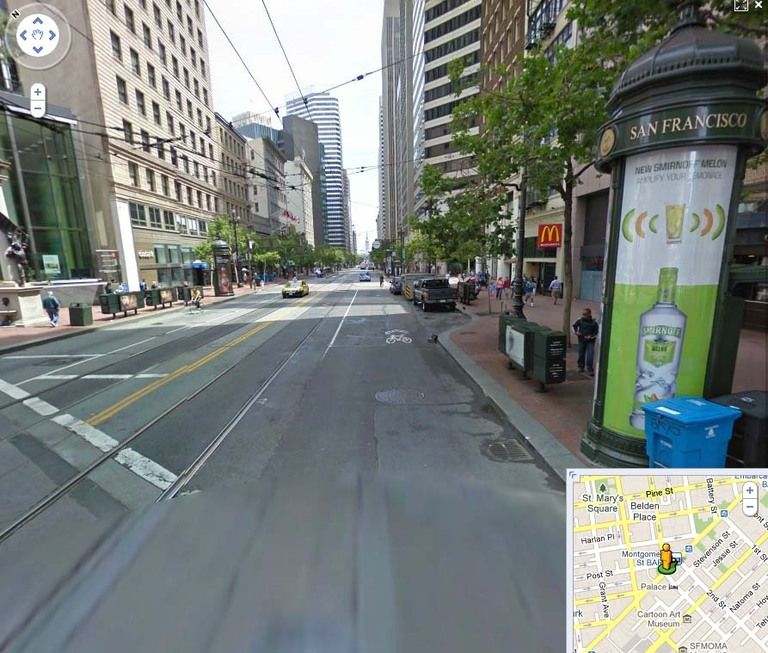 We’ve all used Google Maps to find the best route to our desired location. What originally began as a resource for drivers has since expanded to include directions suggestions for pedestrians, bicyclists, and riders of public transportation. Of course, this raises a number of safety implications, since pedestrians and cyclists are always in more danger than motorists while navigating city streets. But if a pedestrian or cyclist is injured while following Google Maps directions, should they be able to sue the internet search mega conglomerate? A Utah district court ruled recently that Google is not liable since they did not owe the victim a duty, and since the company provides a valuable public service that is applied generally to all consumers.
We’ve all used Google Maps to find the best route to our desired location. What originally began as a resource for drivers has since expanded to include directions suggestions for pedestrians, bicyclists, and riders of public transportation. Of course, this raises a number of safety implications, since pedestrians and cyclists are always in more danger than motorists while navigating city streets. But if a pedestrian or cyclist is injured while following Google Maps directions, should they be able to sue the internet search mega conglomerate? A Utah district court ruled recently that Google is not liable since they did not owe the victim a duty, and since the company provides a valuable public service that is applied generally to all consumers.
Visit Eric Goldman’s blog for a great synthesis of the legal issues involved in this decision. Essentially, the court upheld Google’s motion to dismiss because the walking directions were applicable to all users, and was not one-on-one advice that indicated a special relationship between Google and the plaintiff. The court also ruled that although Google gave the directions, they do not provide input on how to interact with traffic. “It is clear that Google was not required to anticipate that a user of the Google Maps service would cross the road without looking for cars,” the court wrote, “and that, absent negligence on the user’s part, an injury while crossing the road would be unlikely.”
That’s not to say that pedestrian victims are always at fault for not taking all of the dangers of the road into account. In fact, Rosenberg also sued the driver of the car that hit her, and the court did not dismiss that aspect of the lawsuit. But the court ruled that the Google claim was too far fetched, since Google can’t be expected to warn of all possible dangers, just because they provide a service for the public. Rosenberg suggested that Google should warn against all potential risks, including “negligent drivers, drunk drivers, dangerous wildlife, sidewalks or roads in disrepair, lack of lighting, and other risks, and other risks that might only exist during certain times of day,” wrote the court.
Goldman seems to agree with the court’s logic here, but he also notes that the decision would likely be different if it dealt with GPS providers, which are generally paid services and work on a more one-to-one basis. It will be interesting to see whether we see additional injury lawsuits against Google or certain GPS providers. So for the mean time, always take extra precautions while navigating city streets, which means obeying all traffic signs, taking an extra second to make sure no vehicles are coming before crossing the street, and wearing all appropriate safety equipment.
Photo credit: GJELblogger



 AI-search
AI-search  Email
Email